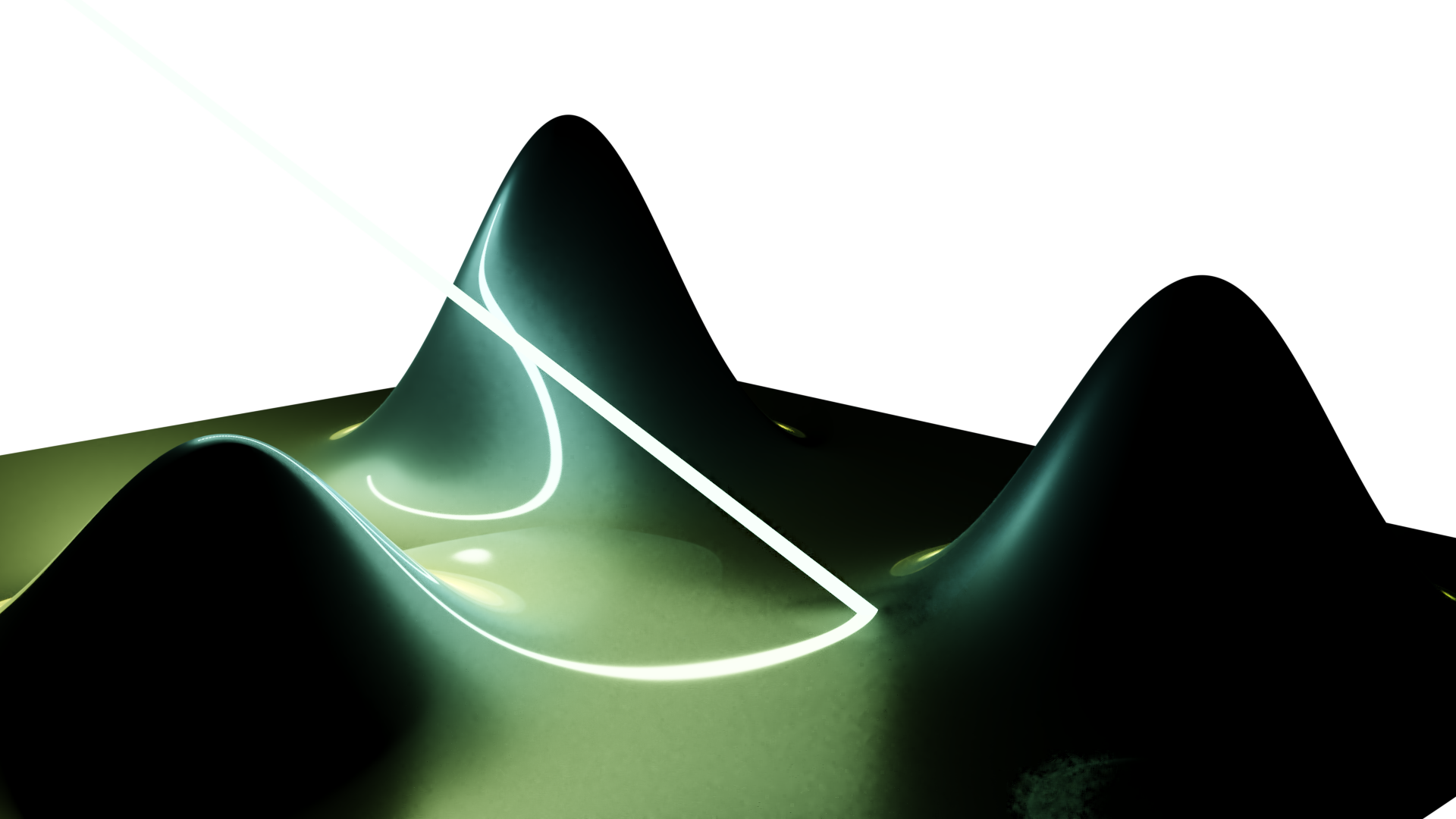As instruments in large-scale user facilities are becoming more powerful, the volume of data and its complexity also grow. To leverage these heightened capabilities and accelerate scientific discoveries, a field known as autonomous discovery has emerged. It uses algorithms to learn from a comparatively little amount of input data and determine the best next experimental steps — all with minimal human intervention.
One software tool in this field, gpCAM, was developed by the Center for Advanced Mathematics for Energy Research Applications (CAMERA) at Berkeley Lab. Biosciences Area researchers and other international groups codeveloped gpCAM’s functionality and shared their results in a recent publication, which is described in this Computing Sciences Area press release.
Molecular Biophysics and Integrated Bioimaging (MBIB) Division Senior Scientist Hoi-Ying Holman worked with Staff Scientist Peter Zwart, Research Scientist Liang Chen, and Graduate Student Steven Lee to develop gpCAM further for biogeochemical and biological applications. Holman, also the director of the Berkeley Synchrotron Infrared for Structural Biology Imaging Program (BSISB), is working with Zwart to develop gpCAM to aid in chemical imaging of geobiological samples. “Finding biogeochemical activity hot spots in a sample is like looking for oases in a desert without directions,” said Holman. “We wasted a lot of time looking at areas in the sample that aren’t useful.”
Zwart, with Chen, Lee and Marcus Noack, a research scientist in the Computational Research Division, customized and expanded gpCAM’s functionality for hyperspectral imaging. Holman and her team now use gpCAM to steer experiments autonomously at the infrared beamline at the Advanced Light Source facility. Since its implementation, the researchers have noted impressive improvements in experimental efficiencies. With gpCAM, an experiment that used to take over 8 hours could now be completed within 30 minutes. “This is a game changer,” said Zwart.
While CAMERA’s initial research efforts focused primarily on synchrotron beamline experiments, Zwart and his colleagues are working with scientists in other disciplines to incorporate autonomous discovery techniques into their experimental project workflows.




